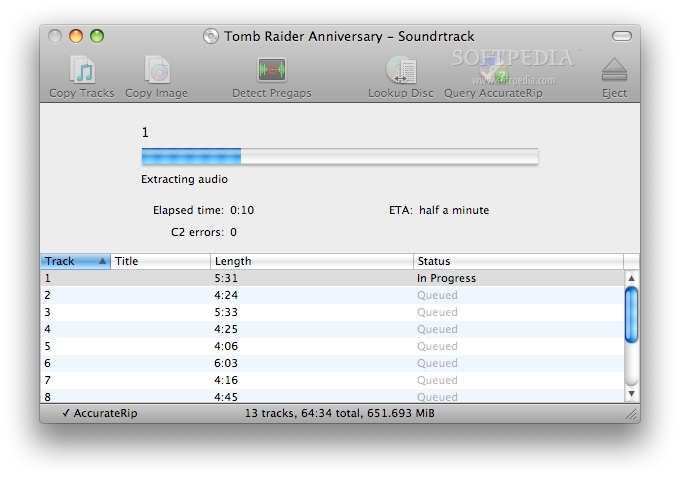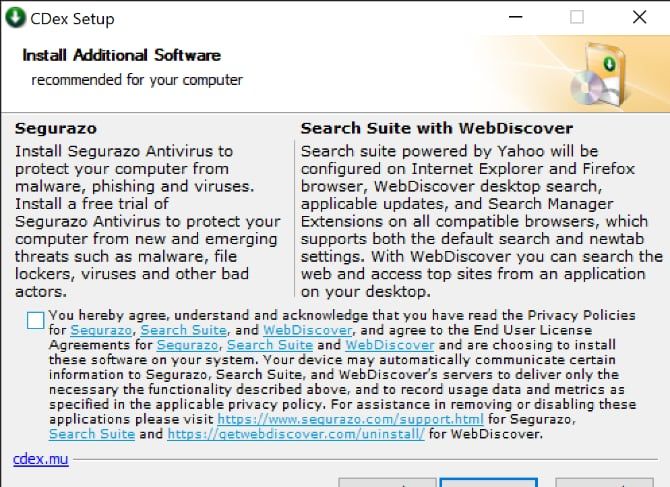

- #Get cd track information during copy or rip for mac software#
- #Get cd track information during copy or rip for mac iso#
Using the information from (mostly) the aforementioned libdio mailing list thread I was able to answer both questions. How can we verify that these images are complete?.
#Get cd track information during copy or rip for mac iso#
This confirms that all references to blocks of data (sectors) in these ISO images are defined relative to the start of the physical CD, and not relative to the start of the ISO image! So the questions are: Likewise, any program that reads the iso will need to be able to compensate for the offset. If it is burned to another CD at a different position, it won’t work. Remember, the path table and directory structure of the iso reflect the fact that the ISO filesystem starts on sector 222145 (49:23:70) of the CD. Retrieving DATA session from multisession audio disc

Similarly, from this thread on the libcdio mailing list: He sector numbers in the file system refer to sectors of the original CD rather than sectors of session2.iso. Re: reading the raw iso from a CD-Extra (multisession CD) This made me wonder: does the Volume Space Size value really reflect the number of sectors occupied by the data track (which I was quietly assuming), or does it perhaps reflect all sectors on the disc (including those in the audio session)?įinding the answer to this question was more difficult than I expected, but my initial suspicions were confirmed by this entry on the Debian mailing list: The sizeExpected value is calculated from the Volume Space Size field (which defines the number of logical blocks in the ISO 9660 file system) in the ISO’s Primary Volume Descriptor. One thing that caught my eye after running a few of these problematic images through isolyzer, was that the value of sizeDifference always roughly corresponded to the size of the uncompressed audio on the disc. So, in this case the ISO image is about 56 MB smaller than expected, even though IsoBuster did not report any errors during the extraction process. Below is an excerpt from the isolyzer output of one of the offending images:
#Get cd track information during copy or rip for mac software#
Moreover, the images couldn’t be mounted in Linux, or opened in file archiver software (e.g. For all ISO images that were extracted from a Blue Book disc, the actual file size was significantly smaller than expected. If the actual size is smaller than the expected size, this indicates the image is incomplete. This isolyzer check involves a comparison of the file size of the ISO image against the expected size, as calculated from the image’s Primary Volume Descriptor fields (and Apple HFS blocks, if present).

This standard defines a method for combining audio and data tracks on one disc. This selection included a few discs that follow the Blue Book standard (also known as CD-Extra). However, this blog is about a very specific problem that we ran into while testing the workflow with a selection of discs from our collection. The development work on an imaging/ripping workflow for optical media is shaping up steadily, and you can expect a write-up with more information about our software and hardware setup here in the near future (you can get a sneak peek here).


 0 kommentar(er)
0 kommentar(er)
